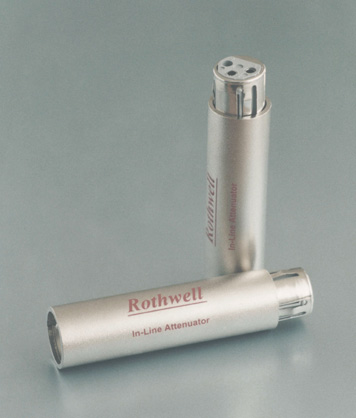Hi
Learning much from this thread. This is the reason for frequenting this forum even as such ungodly hours (for me).. Lerning .. The Vivaldi thread drift toward technical discussions was most welcome and now this discussion about this extremely interesting DAC. I want to know more and eventually to audition...
More and more I see multi-amping as the ideal.
One question what about Analog with a system using no preamp? As seems to be the recommendation with the TotalDac D1?
Learning much from this thread. This is the reason for frequenting this forum even as such ungodly hours (for me).. Lerning .. The Vivaldi thread drift toward technical discussions was most welcome and now this discussion about this extremely interesting DAC. I want to know more and eventually to audition...
More and more I see multi-amping as the ideal.
One question what about Analog with a system using no preamp? As seems to be the recommendation with the TotalDac D1?














